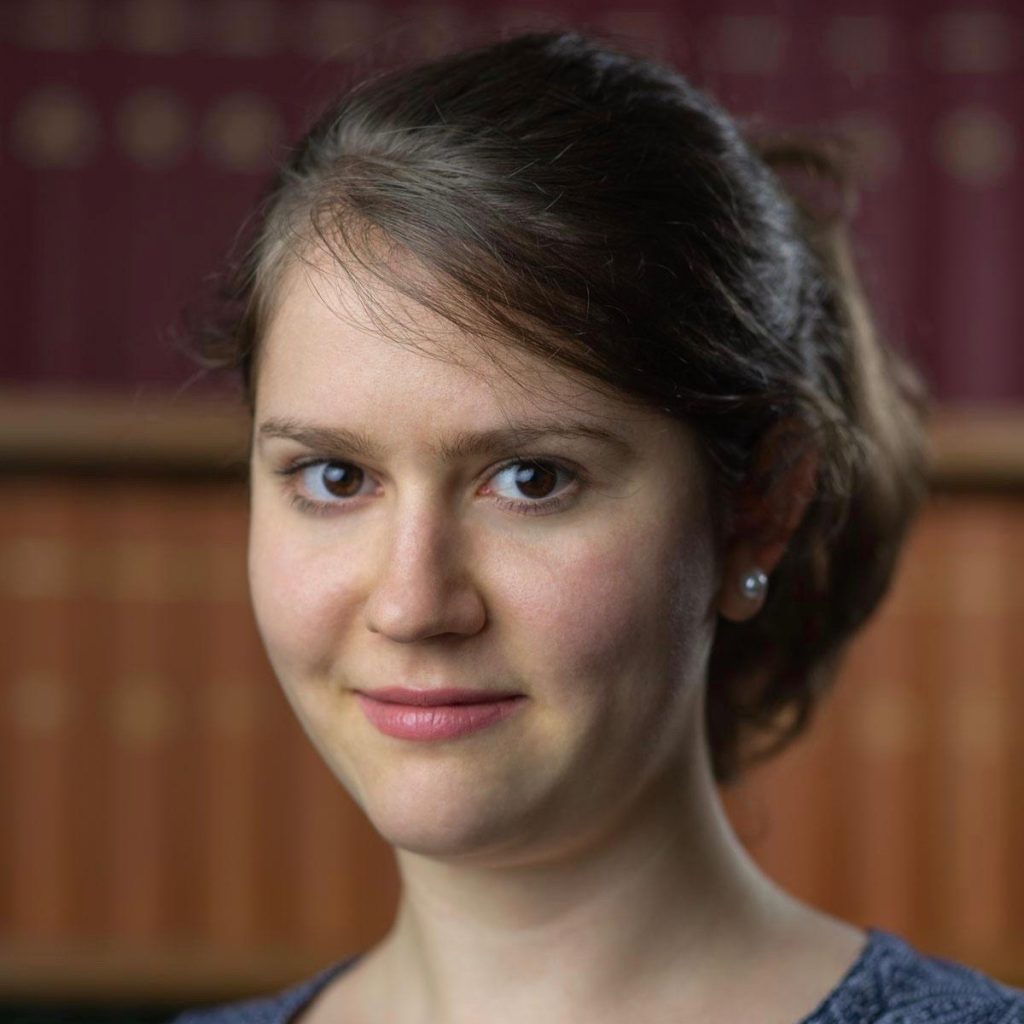
Caroline Nettekoven, Western University
Scientific publication
Caroline Nettekoven , Da Zhi, Ladan Shahshahani , Ana Luísa Pinho, Noam Saadon-Grosman, Randy Lee Buckner, Jörn Diedrichsen A hierarchical atlas of the human cerebellum for functional precision mapping. Nat Commun 15, 8376 (2024). https://doi.org/10.1038/s41467-024-52371-w
https://doi.org/https://doi.org/10.1038/s41467-024-52371-w
Development of a functional atlas of the human cerebellum
The human cerebellum is a brain region that is activated during many behaviours, including movement, language and cognitive tasks. However, the cerebellum’s contribution to these processes remained poorly understood because of a lack of a comprehensive functional map of this brain region. To address this, Caroline Nettekoven, working in the laboratory of Jorn Diedrichsen at Western University, fused 7 large-scale brain activity imaging (fMRI) datasets into the first comprehensive functional atlas of the cerebellum. The authors developed a computational model that learns brain organization across many datasets and derived a consensus atlas based on 111 subjects and 417 task conditions. This new atlas predicts functional boundaries better than previous atlases and any atlas based on a single dataset only – even on new, unseen data. It therefore provides the most detailed characterization of the functional organization of the human cerebellum so far.
The new atlas provides several novel important features. For example, the atlas and the computational model are designed for precision functional mapping in individuals. Existing atlases simply present a group map, ignoring the large inter-individual variability of functional organisation. The model can integrate the new atlas with a short 10-minute localizer scan to adapt to an individual’s brain, resulting in a much better prediction of individual boundaries. This unprecedented precision will enable detailed investigations into the cerebellum’s contribution to human behaviour.
These results are important both from a theoretical and practical perspective. Theoretically, the researchers demonstrate that cerebellar regions, particularly those involved in higher-order cognition, are highly overlapping at the group level, but can be clearly dissociated in the individual. They have also uncovered striking novel features of cerebellar functional organization, including previously undescribed functional regions. Practically, by offering an in-depth description of each region according to their inter-individual variability, functional profile, connectivity fingerprint and lateralization pattern, the atlas presents an extensive resource for the study of cerebellar function. Finally, the authors provide a novel method to localize these regions in the individual, enabling investigations into the most highly variable regions of the cerebellum for the first time. The atlas, its associated data and analysis tools have been made publicly available. These will be integral to developing and testing hypotheses about cerebellar function.
About Caroline Nettekoven
Caroline Nettekoven performed this work as a postdoctoral research fellow in the laboratory of Joern Diedrichsen at Western University. She is interested in understanding how the human cerebellum and neocortex interact to enable complex behaviours such as movement, language, and social cognition. Her research combines ultra-high field multi-modal neuroimaging with machine learning approaches and brain stimulation. As first author, she conceived the study, collected and curated the data, performed the analysis, interpreted the results, wrote the original draft and revised the paper.
Website: www.caroline-nettekoven.com
Twitter: @carobellum
Bluesky: @carobellum.bsky.social
Source of funding
This study was supported by a Discovery Grant from the Natural Sciences and Engineering Research Council of Canada (NSERC, RGPIN- 2016-04890), and a project grant from the Canadian Institutes of Health Research (CIHR, PJT-507612), both to J.D. Additional funding came from the Canada First Research Excellence Fund (BrainsCAN) to Western University and a National Institute of Mental Health (MH124004) to R.L.B.
